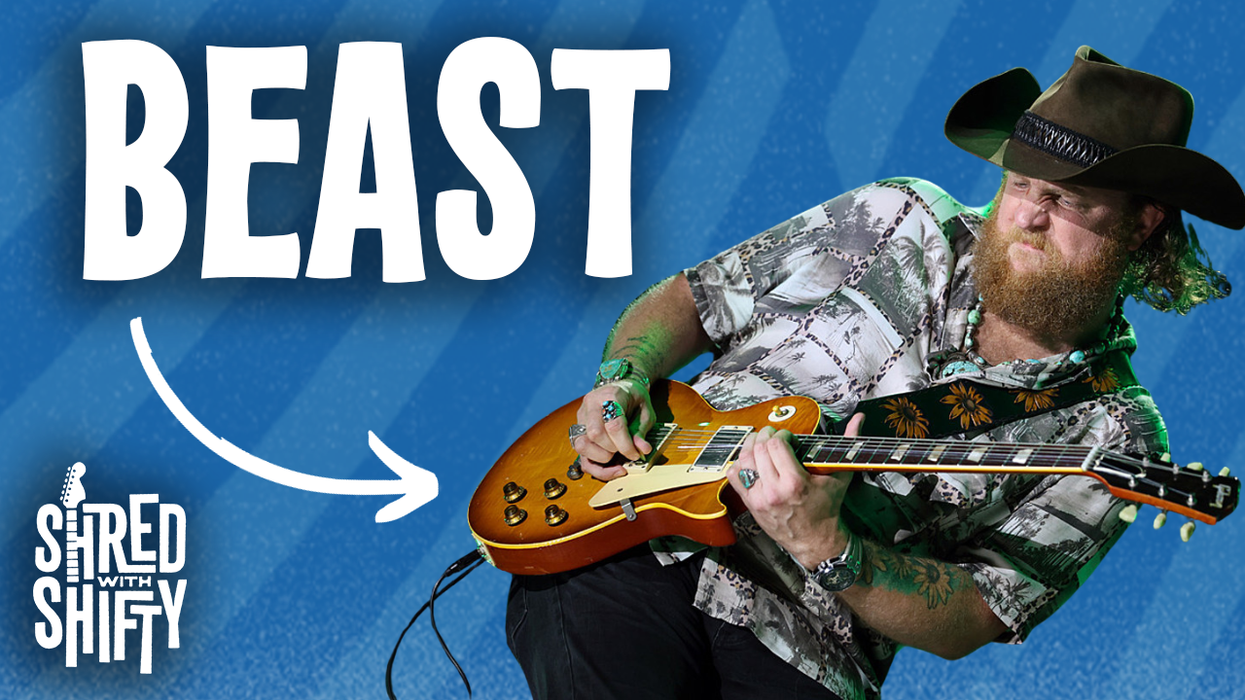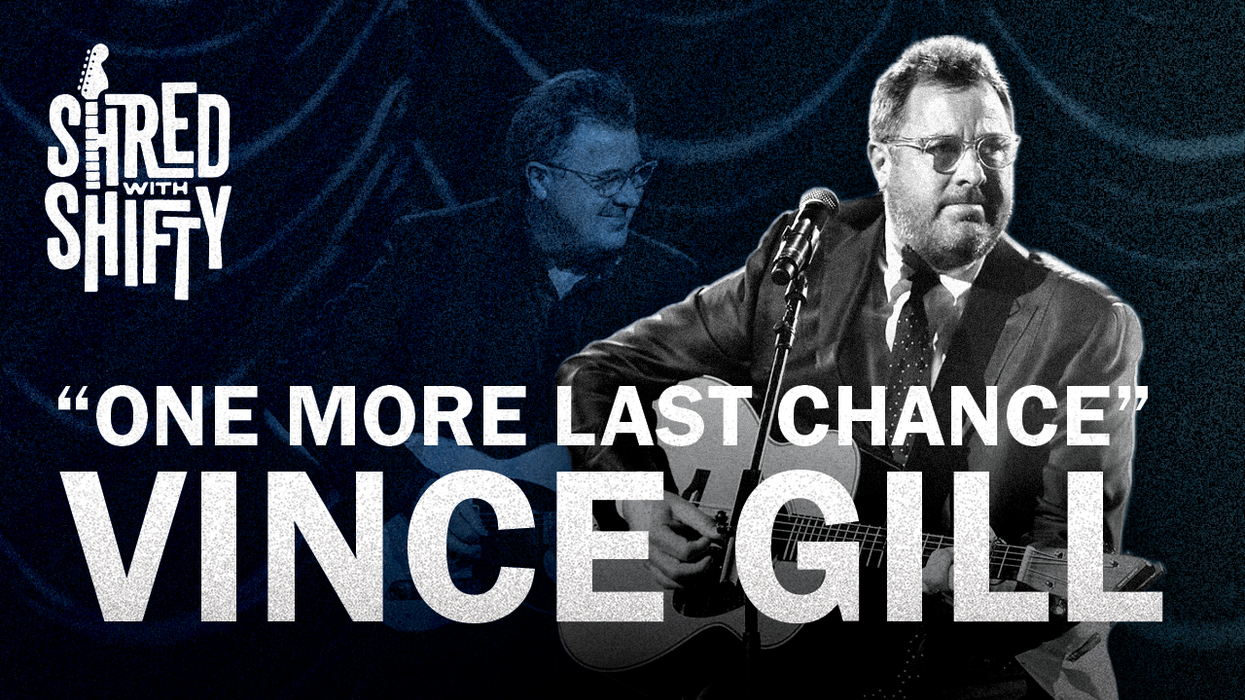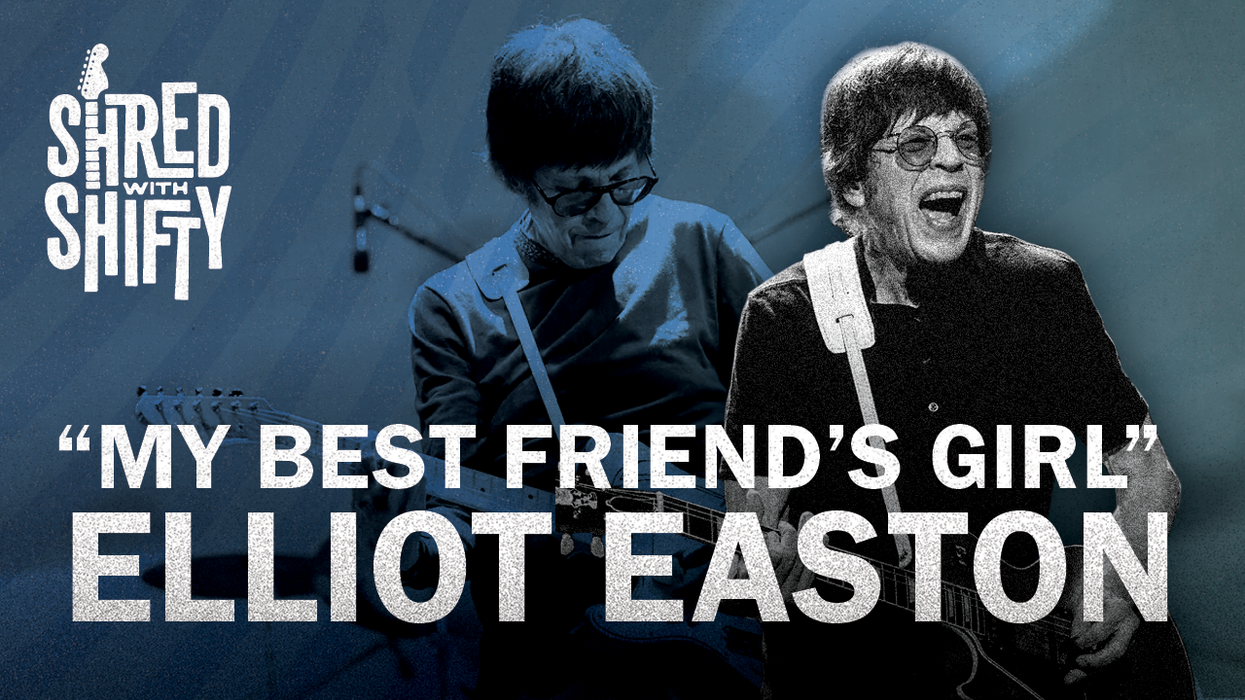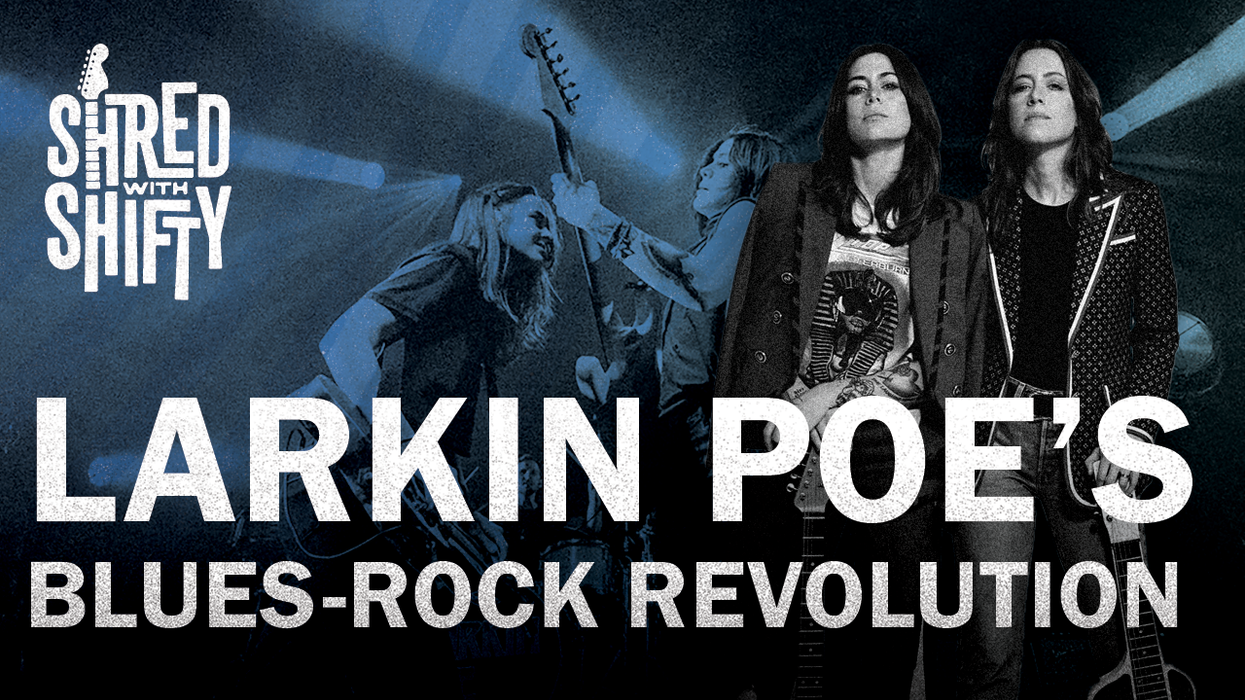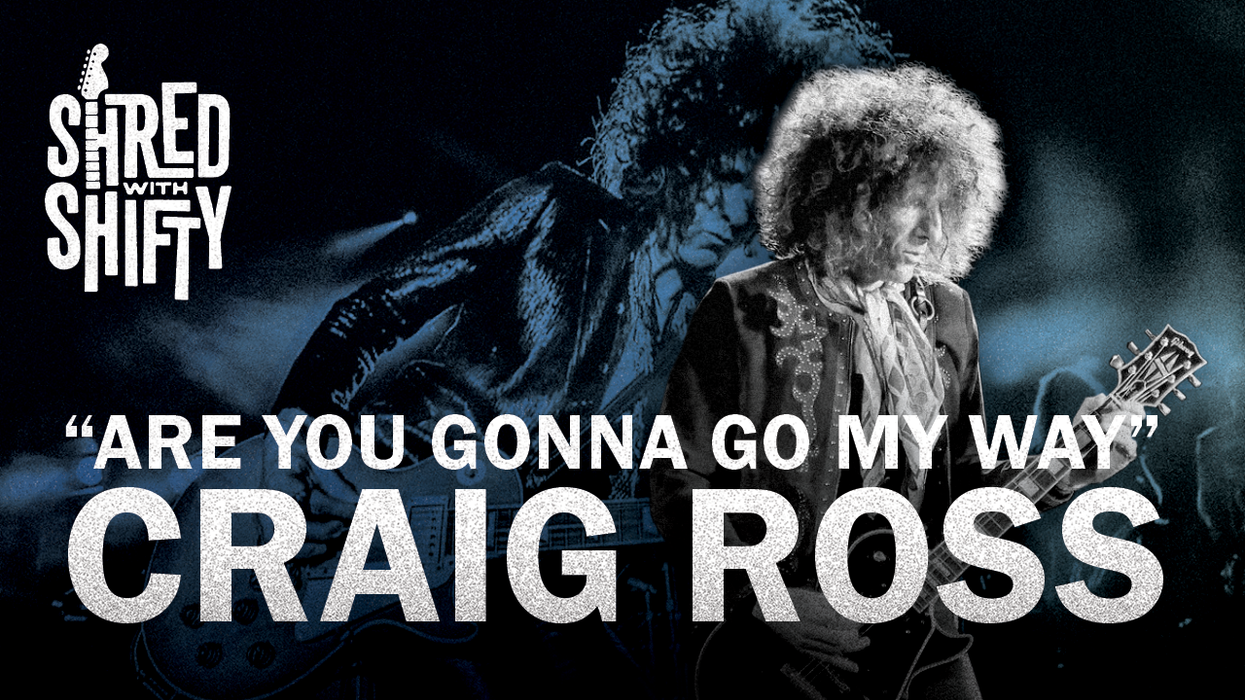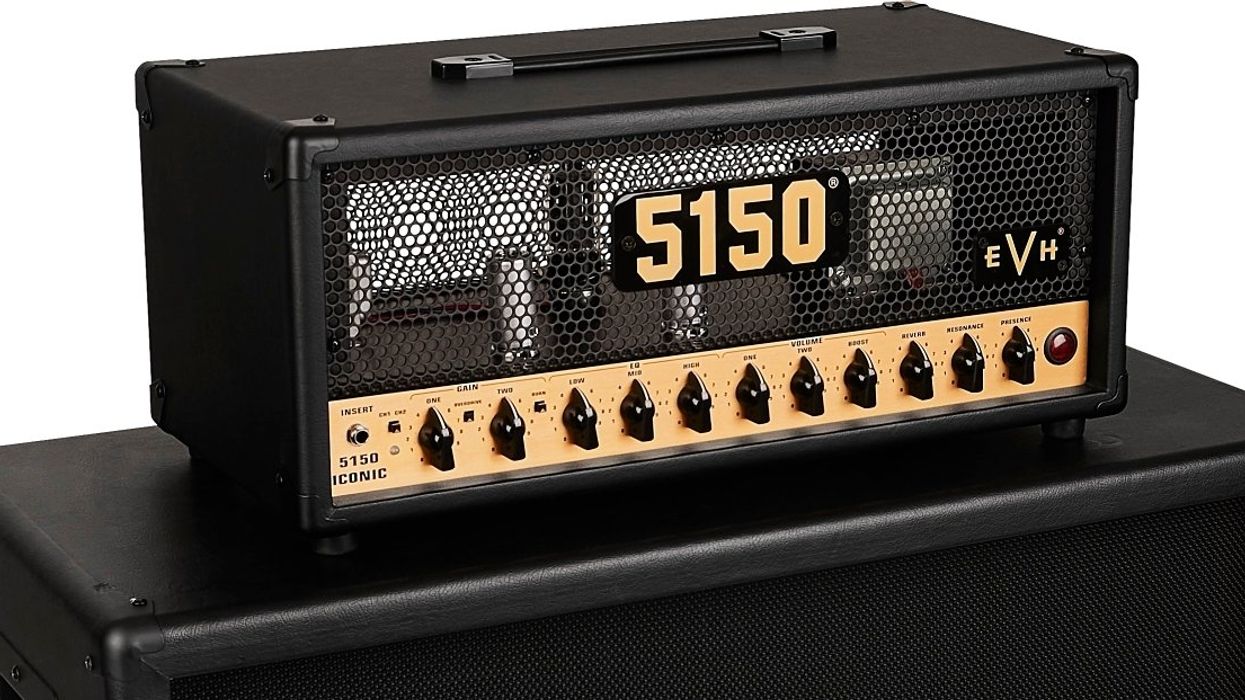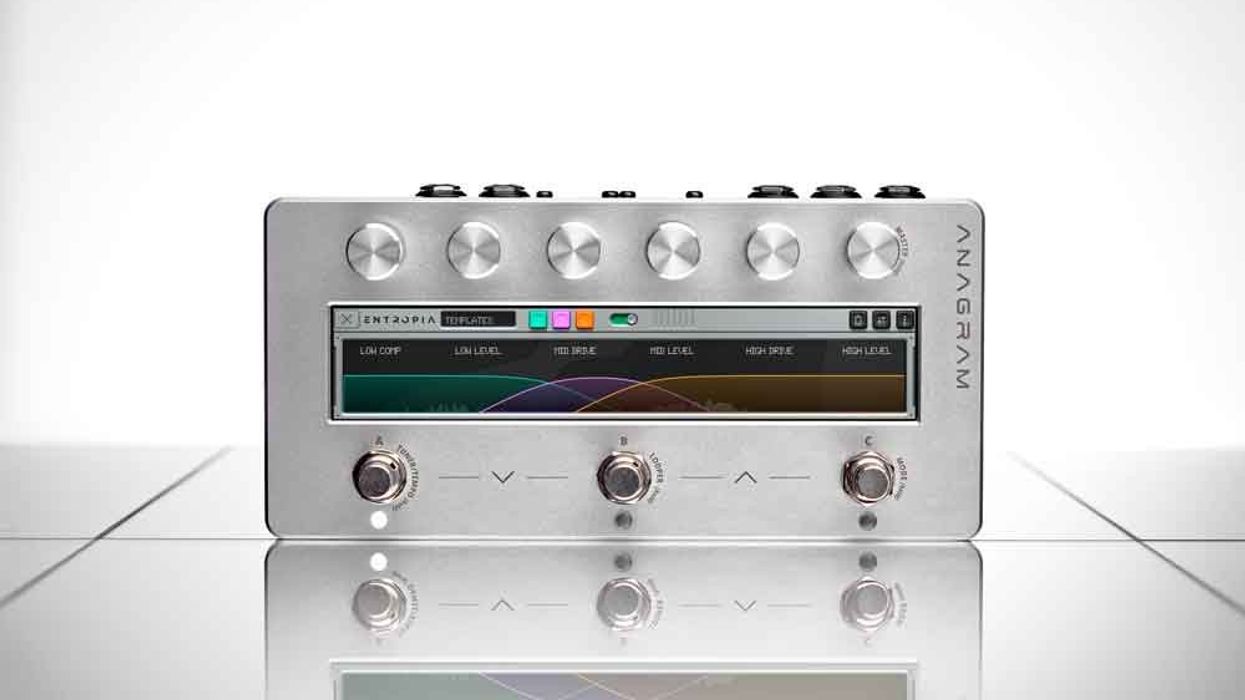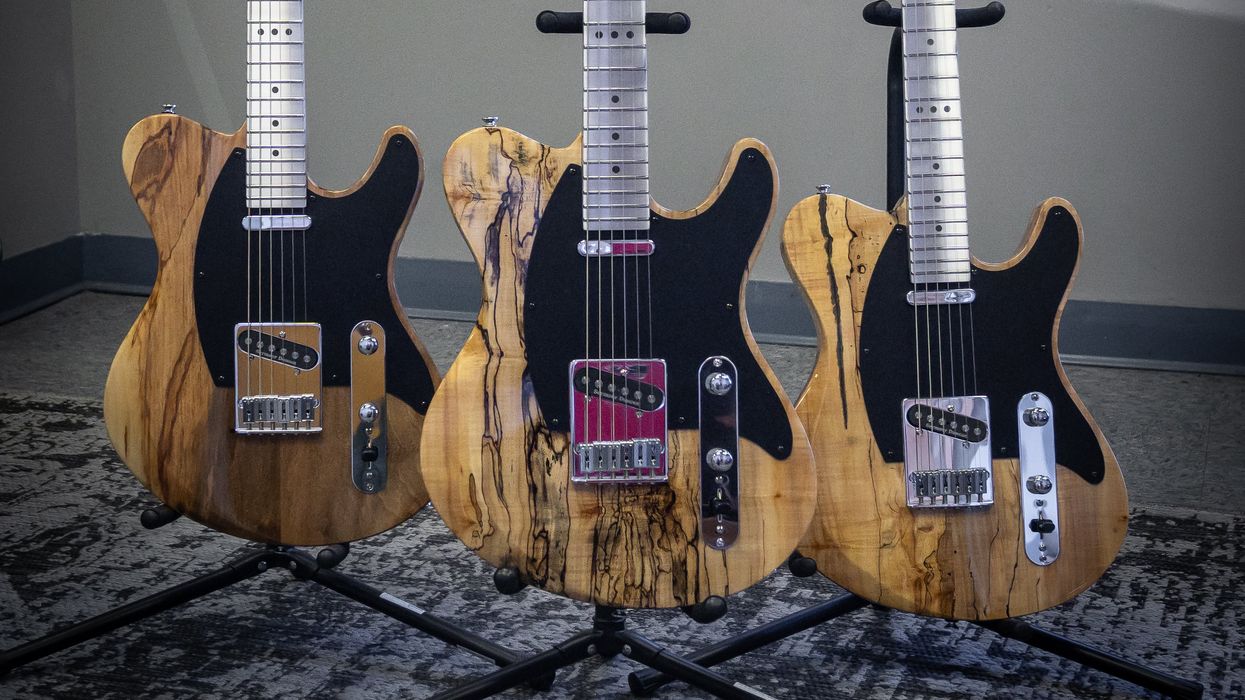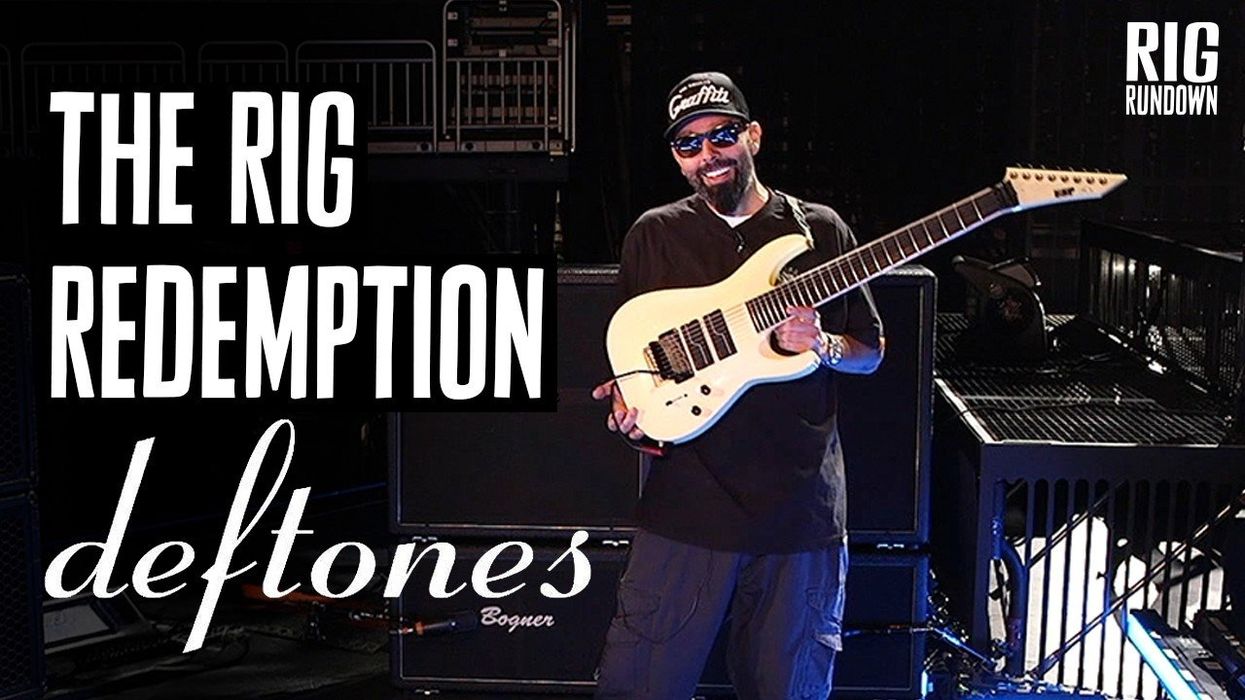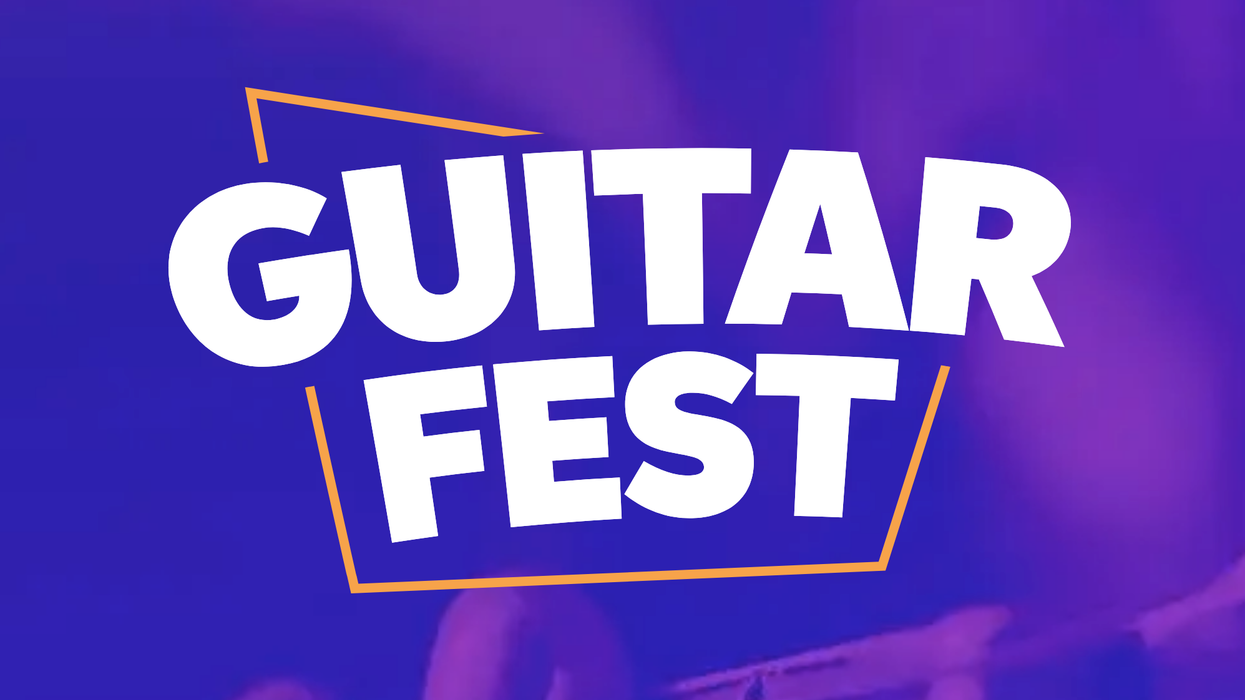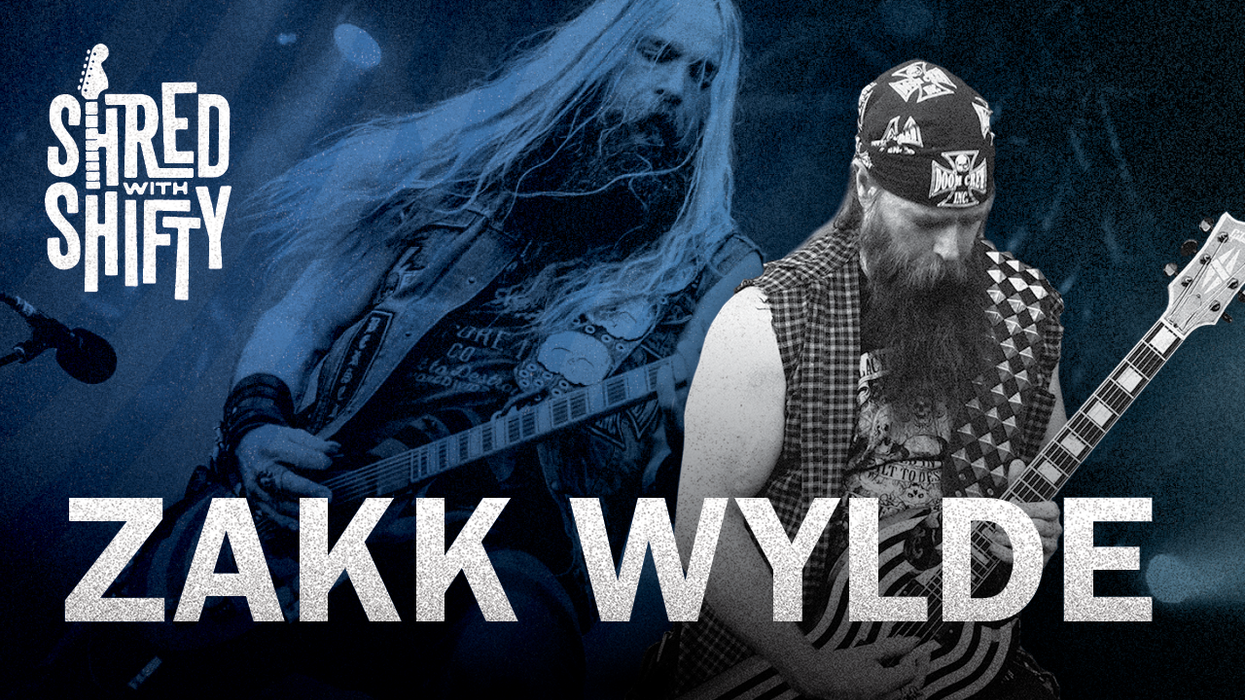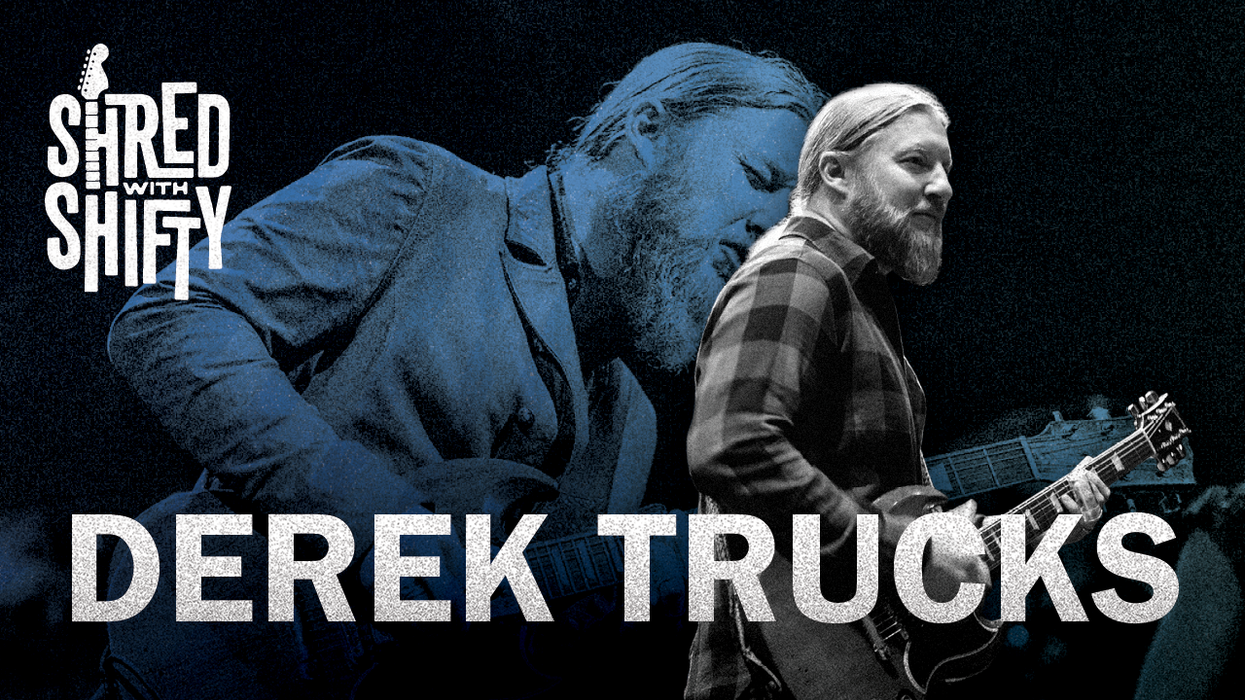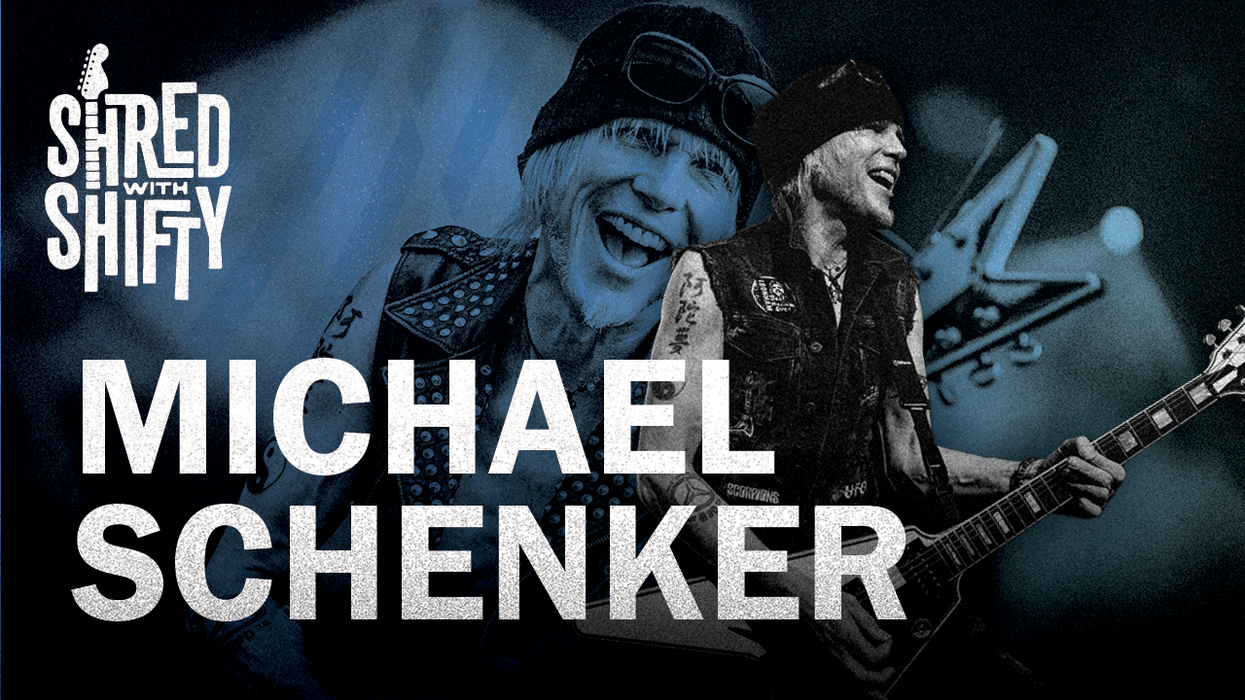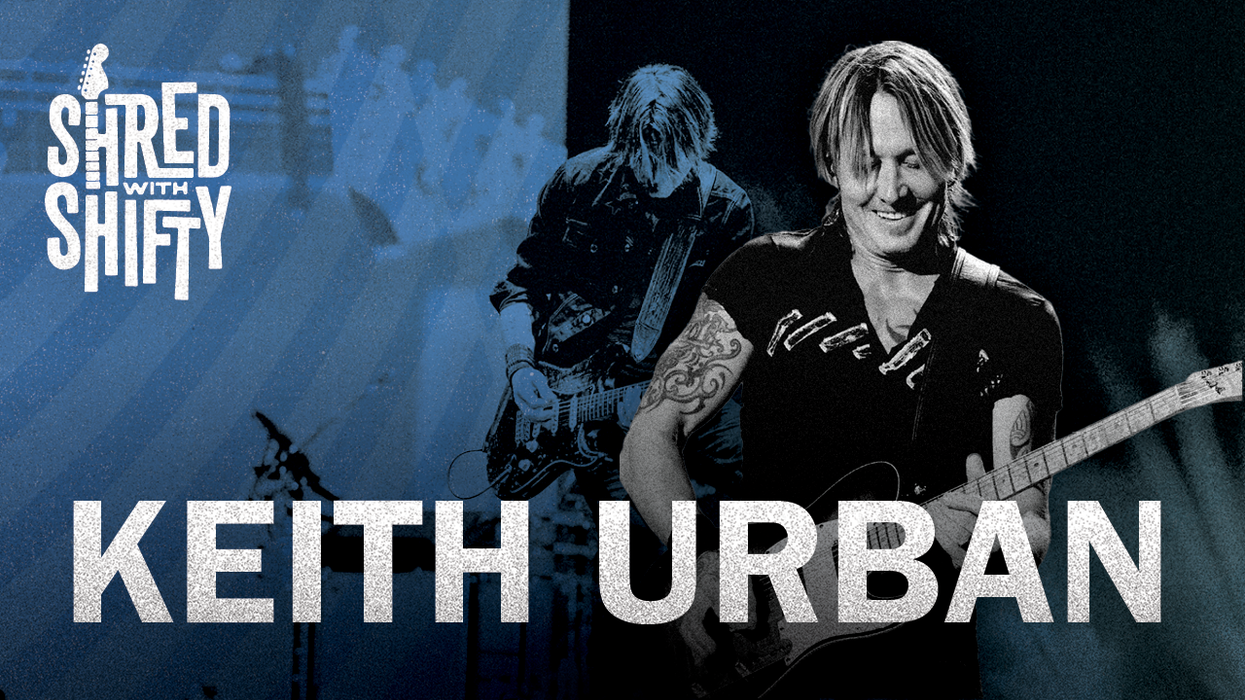“I think it’s safe to say John Osborne is a fuckin’ beast!”
That’s how Chris Shiflett kicks off this episode of Shred With Shifty, featuring bearded Brothers Osborne shredder-in-chief John Osborne. Osborne joins Shifty to dissect his blistering country-rock ripping on the band’s breakout single, “Stay A Little Longer.”
Osborne tells Shifty about failing miserably at guitar in college, where he learned to read and play bass clef but never got the hang of the treble clef. It’s no surprise when Osborne admits he’s taken notes from players like Stevie Ray Vaughan, Dickey Betts, Eric Johnson, and Skynyrd shredders Allan Collins and Gary Rossington, but his very first guitar influence? Kurt Cobain, and the Nirvana frontman’s anxious energy. “I’m a little bit awkward, and I have social anxiety, but I can talk to people through music,” says Osborne. As far as technicality, though, he and Shifty agree that bluegrass guitar playing is “the Usain Bolt of musicianship.”
To recap the “Stay A Little Longer” leads, Osborne plays a stock blackguard 1953 Fender Telecaster that he scooped from Carter Vintage Guitars. (Listen in to learn why it and some other Fenders from that era have an abnormally thick “Friday neck.”) He explains that he wanted the solo to have the same philosophy as legendary solos like those in “Free Bird” and “Hotel California”: hooky, repetitive, accented, and not too shreddy. Plus, he reveals the “un-Photoshopped” blips in the solo that stayed on the record.
Credits
Producer: Jason Shadrick
Executive Producers: Brady Sadler and Jake Brennan for Double Elvis
Engineering Support by Matt Tahaney and Matt Beaudion
Video Editors: Dan Destefano and Addison Sauvan
Special thanks to Chris Peterson, Greg Nacron, and the entire Volume.com crew.
